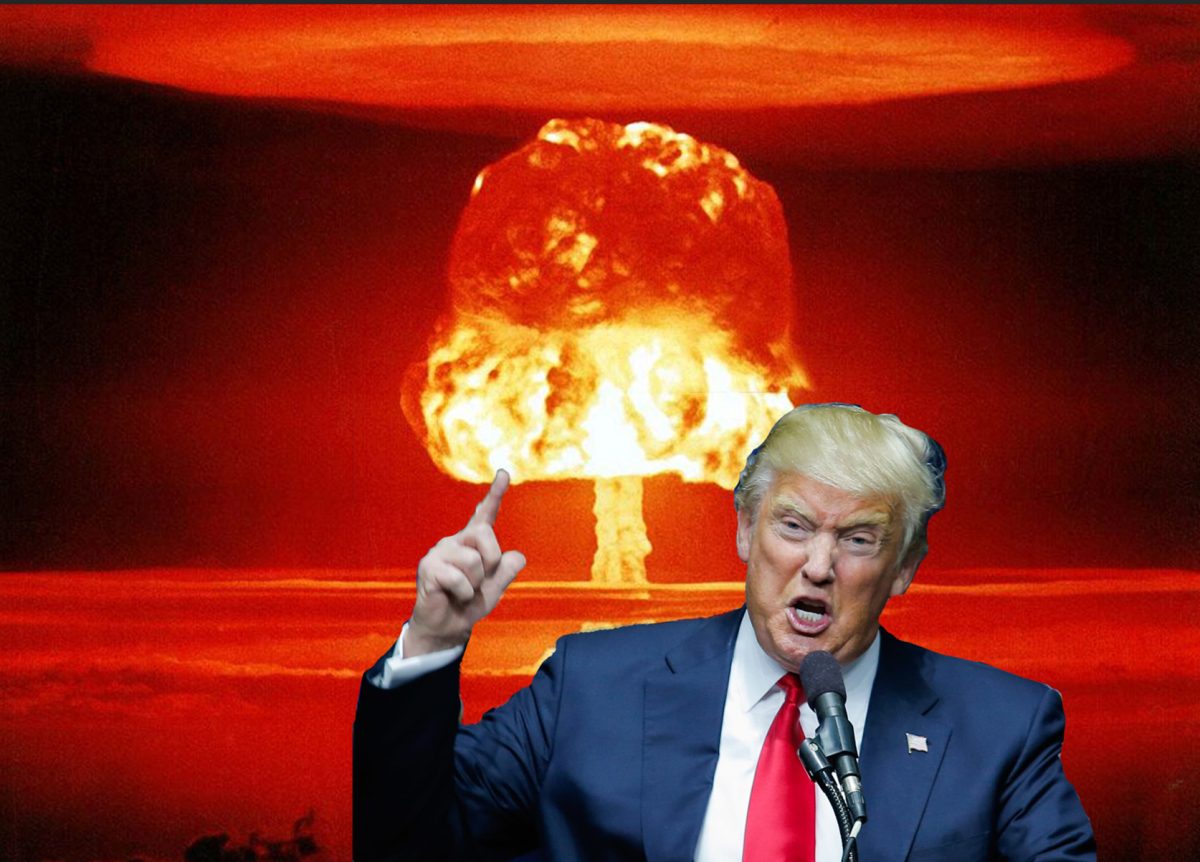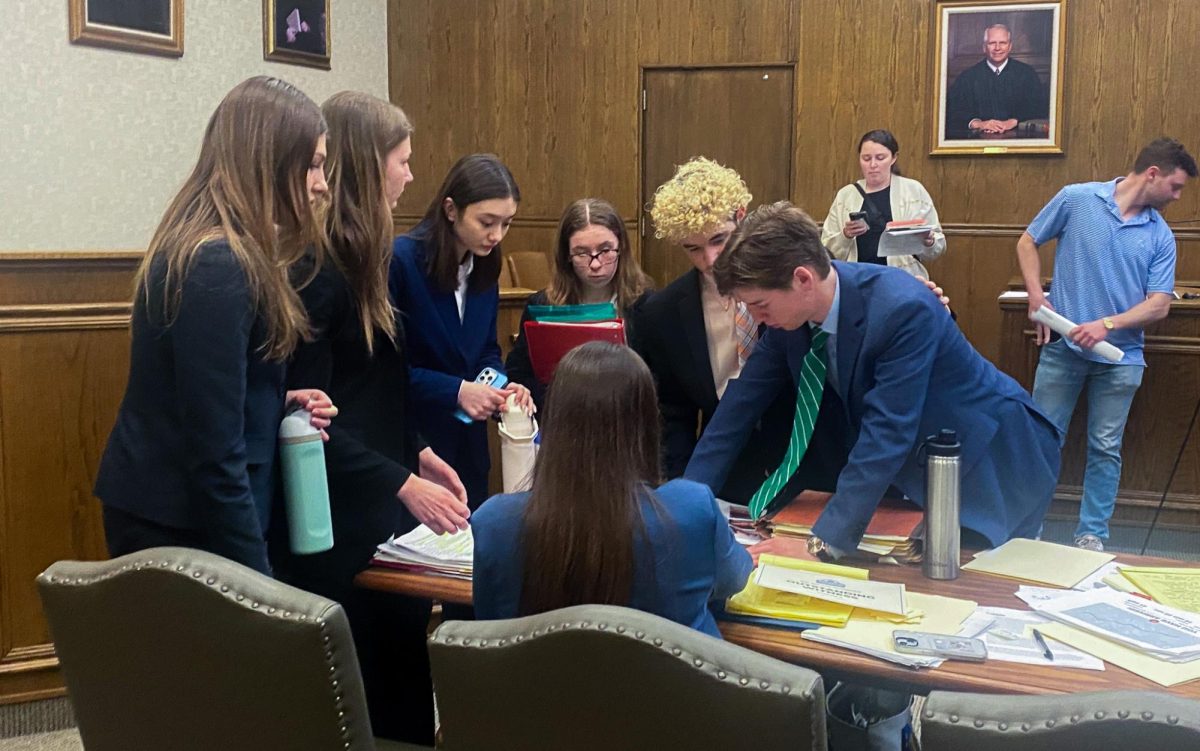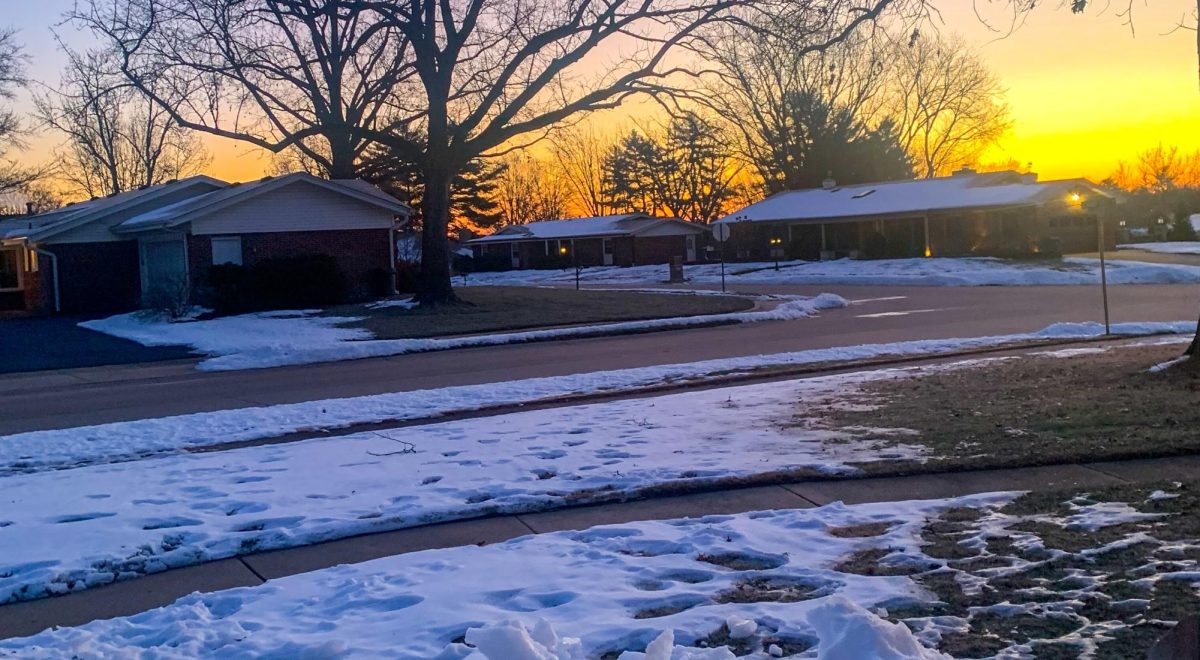Whenever the word “nuclear” comes up, whether attached to either of its partners “bomb” or “energy,” the same image comes to mind. Irradiated land, radioactive fallout, and deadly diseases accompany this term. While those disturbing ideas are rightly associated with the nuclear bomb, such is not so for nuclear energy.
Nuclear energy is often slandered as extremely dangerous, usually on the basis of nuclear waste and meltdowns. However, much of these concerns are unfounded, as modern science and security eliminates these disadvantages. It is also purported to be too expensive, but in reality, the cost effectiveness of nuclear power outshines even the potent yet environment-wrecking fossil fuels.
Nuclear energy could replace coal. The World Nuclear Association claims that “nuclear is comfortably cheaper than coal and gas in all countries. At a 10% discount rate, nuclear is still cheaper than coal in South Korea and the USA.”
Nuclear energy, although it sounds like an expensive scientific achievement, is relatively cheap when compared to coal. If we got all our energy from nuclear, our energy costs would be less, as the efficiency of nuclear energy trumps that of coal.
Coal plants could be repurposed to accommodate nuclear power. According to Forbes Newsletter journalist Robert Rapier, a chemical engineer, “converting a coal plant to nuclear power could save the plant owner up to $1 billion over the lifetime of the plant, and that converting a coal plant to nuclear power could reduce emissions by up to 90%.”
Because of the efficiency of nuclear energy, even if a company pays a couple million to modify their coal plants, they will make much more than they lose when the plant returns to full operation. Not to mention, the threat of carbon emissions is greatly reduced, as nuclear energy doesn’t pollute the air as coal does, which would greatly endear the plant to conservation groups who dislike the dangers of coal plants.
Nuclear plants are privately owned, which means that they are an investment. The owners of these plants want to keep them functional and profitable, so they will spend a fortune on proper security and safety, as opposed to the government-owned nuclear plants of the past. Government owned institutions remain in use even when they are not fully functional, but private facilities have to meet certain standards, otherwise they are shut down. The nuclear leak in Monticello is a great example of this. Xcel Energy, the company in charge of the plant that leaked, is owned by the City of Saint Paul, not a private company. Saint Paul Legislature had to worry about other city issues, not just the upkeep of the facility, and because of this, proper maintenance procedures were not kept up. A private company has to allocate all their resources to running the plant, and would have constant diligence to keep it safe.
Nuclear waste is a non-issue, due to the way it is contained. Other nuclear leaks in America were not from nuclear power plants, but nuclear facilities, which were government owned and poorly designed.
According to the U.S. Nuclear Waste Technical Review Board, “commercial power plants store spent nuclear (fuel) underwater in spent fuel pools and in dry-cask storage systems… When the liquid high-level is processed into a solid form, it is packaged into steel canisters for storage and eventual transportation to a repository [underground].”
Privately owned nuclear plants store their waste in steel or even concrete containers until they can be moved to deep storage wells, far from cities or potentially damaged natural resources.
Some claim that storing waste underground could damage subterranean ecosystems, but using cave imaging and mapping, the waste can be placed in such a way that it cannot harm the environment, even if it manages to leak from the airtight, solid steel canisters.
Nuclear plants are considerably more effective than solar or wind. There are some organizations that spread anti-nuclear propaganda, either in an effort to save the coal industry, or to implement wind and solar energy, which is considerably less efficient than nuclear energy.
The Seacoast Anti-Pollution League claims that “nuclear power is 7 TIMES more carbon-intensive than its closest renewable competitor – wind power generation.” However, they did not mention that coal power is 90 TIMES more carbon-intensive than wind power, according to the U.S. Office of Energy Efficiency and Renewable Energy. In a case such as this, nuclear is a welcome change from coal, and it manages to meet and even overcome coal’s energy production, even if it has the slightly discrepancy of being more carbon-emitting than wind energy.
Climate Portal, a website run by MIT to inform citizens about energy and climate issues in our nation, wrote an article about the effectiveness of solar panels and wind turbines. They described how power plants efficiency is measured, in its “capacity.” Capacity is defined as the maximum amount of energy a plant can produce, essentially the peak efficiency of a power plant.
“The average nuclear reactor has about 900 megawatts of capacity. (Larger nuclear plants use multiple reactors to achieve much higher capacities.) By comparison, the average capacity of a land-based wind turbine installed in 2022 was about 3 megawatts (offshore wind turbines are larger),” wrote the MIT Climate Portal.
In their article, John Parsons, the deputy director of the MIT Center for Energy and Environmental Policy Research, is quoted as saying, “Even if both types of plants ran in their top performance day in day out, hundreds of wind turbines would be needed to produce the same amount of electricity as the average nuclear project.”
“Producing the same amount of electricity as the average nuclear reactor using solar panels would require around 8.5 million of them,” said the MIT Climate Portal writing team.
Previous nuclear meltdowns were the consequences of moronic mistakes. According to the World Nuclear Association, the meltdown in Chernobyl occurred as a result of “a flawed reactor design that was operated with inadequately trained personnel.” The reactor was built by Soviet Russia in the 1970s, designed with less than sufficient knowledge of how nuclear energy worked and how dangerous radiation could be. Additionally, Soviet nuclear plant operators were given little to no safety training, and had no idea what to do in the event of an emergency.
The meltdown in Fukushima was practically inevitable. The reactor was foolishly built on an earthquake-prone faultline, and when an earthquake occurs near water, a tsunami is bound to follow. So it should not have been a surprise that, after a major earthquake, a massive tsunami hit the plant and “disabled the power supply and cooling of three Fukushima Daiichi reactors,” according to the World Nuclear Association.
One of the largest meltdowns to happen on US land was the meltdown on Three Mile Island. The cause was similar to that of Chernobyl, it was an old design from the 1970s, and the personnel were not properly trained for an emergency. However, this was a much less dangerous failure, as very few health-deteriorating cancers or other effects were detected by Pennsylvania Department of Health and by Pennsylvania Department of Environment Resources, unlike the lingering radiation that followed the Chernobyl disaster. The World Nuclear Association claims that “training reforms are among the most significant outcomes of the TMI-2 [Three Mile Island 2nd Reactor] accident.” Americans have firsthand realized the dangers of under-trained reactor operators, and now nuclear operators receive the proper amount of training to keep people on the inside and the outside of the reactor safe.
Nuclear plants are privately owned, which means that they are an investment. The owners of these plants want to keep them functional and profitable, so they will spend a fortune on proper security and safety, as opposed to the government-owned nuclear plants of the past. Government owned institutions remain in use even when they are not fully functional, but private facilities have to meet certain standards, otherwise they are shut down. The nuclear leak in Monticello is a great example of this. Xcel Energy, the company in charge of the plant that leaked, is owned by the City of Saint Paul, not a private company.
Nuclear power is not the best source of energy, as it has its flaws and dangers. However, citizens need to be informed that most nuclear accidents have been dramatized and over-publicized. There are many functioning nuclear plants that cause no problems, such as the ones used in France. The stories around nuclear energy are more myth than fact, and unless this fog of misinformation is lifted, energy production progress is impossible.
Nuclear energy is a much better alternative to coal and other fossil fuels, and should be used until sufficient progress has been made in the areas of solar and wind. When we fully implement nuclear, we can stop worrying about the dangers of climate change.















